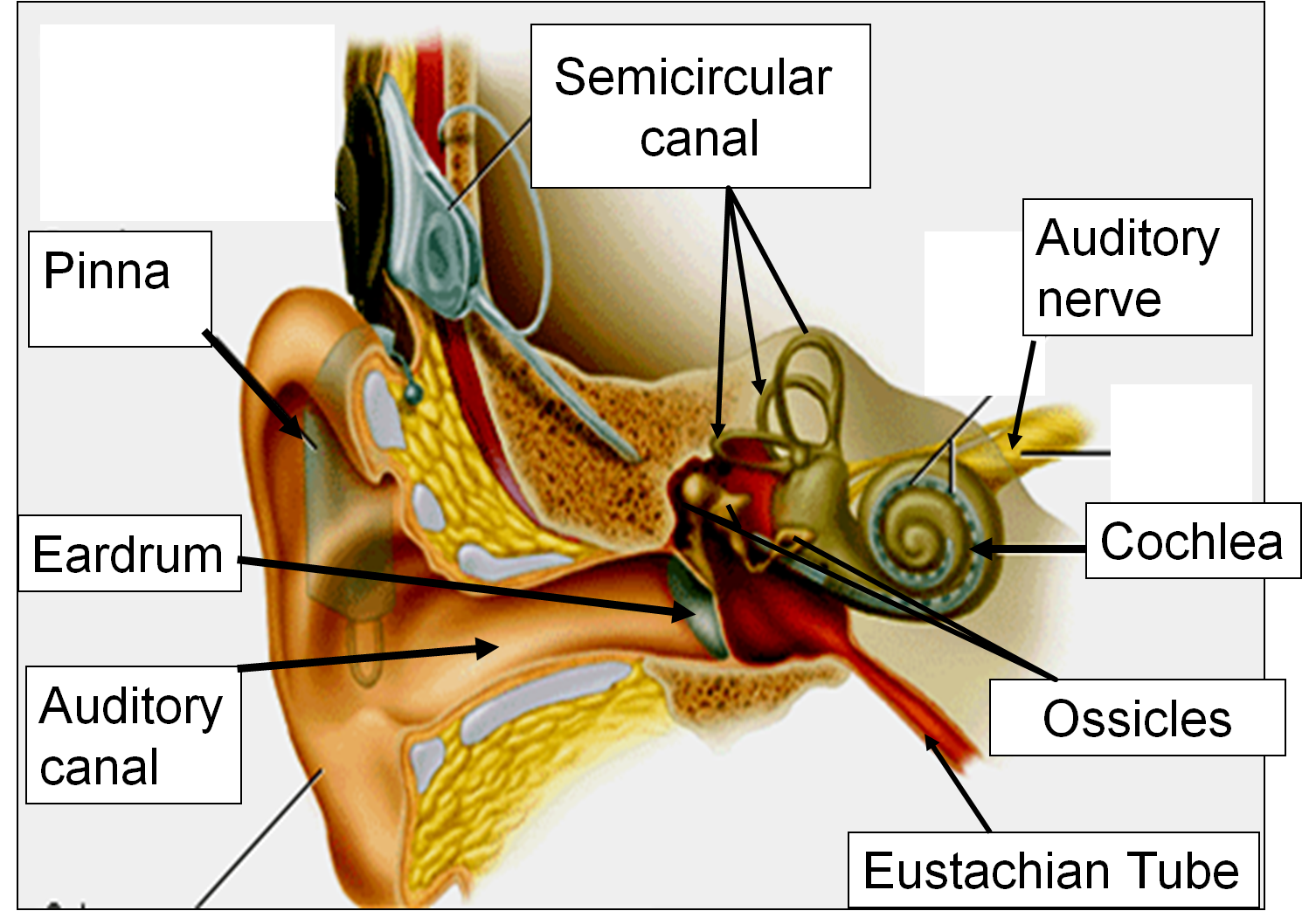The ears are not just mere structures on our heads; they are complex organs that play a vital role in our perception of the world around us. From the subtle sounds of nature to the melodies of our favorite songs, ears enable us to experience a rich auditory environment. However, their functions extend far beyond just hearing; they are also crucial for balance and spatial orientation. This article delves into the multifaceted functions of ears, exploring their anatomy, how they work, and the significance of hearing in our daily lives.
The ears consist of three main parts: the outer ear, the middle ear, and the inner ear. Each section has distinct responsibilities that collectively allow us to process sound and maintain equilibrium. Understanding these components is essential to grasping how our ears function to keep us connected to our surroundings. As we explore the various roles and functions of ears, we’ll also touch upon the importance of hearing health and ways to protect it, ensuring that we can enjoy the sounds of life for years to come.
In addition to facilitating communication and emotional expression, the function of ears plays a crucial role in safety. Our ability to hear approaching vehicles, alarms, or other potential dangers is vital for our well-being. Therefore, maintaining ear health is not just a matter of comfort but also of safety and quality of life. Let’s dive deeper into the fascinating world of ears and uncover their many functions.
What Are the Main Functions of Ears?
The primary functions of ears can be categorized into two major aspects: hearing and balance. Hearing involves the detection of sound waves, while balance pertains to our spatial orientation. Let’s break down these functions further.
How Does Hearing Work?
The process of hearing begins when sound waves enter the outer ear, travel through the ear canal, and vibrate the eardrum. These vibrations are transmitted to the tiny bones in the middle ear, known as the ossicles, which amplify the sound. The inner ear contains the cochlea, a spiral-shaped organ filled with fluid, where sound vibrations are converted into electrical signals. These signals are then sent to the brain via the auditory nerve, allowing us to interpret and understand sounds.
What Role Does the Inner Ear Play in Balance?
The function of ears also extends to maintaining balance. The inner ear houses the vestibular system, which is composed of semicircular canals filled with fluid and tiny hair-like sensors. When we move our heads, the fluid shifts, triggering these sensors to send information to the brain about our body’s position and movement. This helps us maintain equilibrium and coordinate our movements effectively.
Why Is Hearing Important for Communication?
Hearing plays a crucial role in communication, allowing us to engage in conversations and connect with others. The ability to hear and interpret speech sounds is essential for social interactions and building relationships. Furthermore, hearing impacts our emotional well-being, as it enables us to enjoy music, laughter, and other auditory experiences.
What Are Common Hearing Issues?
Despite the remarkable functions of ears, many individuals experience hearing problems due to various factors. Some common hearing issues include:
- Hearing Loss: This can occur due to age, exposure to loud noises, or underlying health conditions.
- Tinnitus: A condition characterized by ringing or buzzing sounds in the ears, often caused by exposure to loud noises or earwax buildup.
- Ear Infections: These can affect the middle ear and lead to temporary hearing loss or discomfort.
How Can We Protect Our Hearing?
Taking care of our ears and hearing is essential for a healthy lifestyle. Here are some tips to protect your hearing:
- Wear ear protection in noisy environments, such as concerts or construction sites.
- Limit exposure to loud sounds and take breaks from loud music.
- Get regular hearing check-ups to monitor your hearing health.
What Are Some Interesting Facts About Ears?
The function of ears is not only vital for human beings but also fascinating in its complexity. Here are some interesting facts about ears:
- The average human ear can differentiate between over 1,500 different sounds.
- Each ear has a unique shape, which contributes to our ability to identify where sounds are coming from.
- Some animals, like bats and dolphins, have evolved sophisticated hearing abilities that allow them to navigate their environments using echolocation.
What Are the Differences Between Human and Animal Ears?
While the function of ears in humans is primarily focused on hearing and balance, many animals have adapted their ears for specialized functions. For instance, some animals have larger ears to enhance their hearing abilities, while others possess the ability to rotate their ears independently to better locate sounds. Understanding these differences can provide insights into the evolutionary significance of ear structures across species.
How Do Ears Contribute to Our Overall Well-being?
The function of ears contributes significantly to our overall well-being. Good hearing allows us to engage in meaningful conversations, enjoy music, and stay connected with our surroundings. Moreover, a healthy auditory system plays a role in our cognitive development, particularly in children, as it aids in language acquisition and social skills. Therefore, prioritizing ear health is essential for leading a fulfilling life.
In conclusion, the function of ears encompasses a wide range of roles that are integral to our daily experiences. From hearing and balance to communication and emotional expression, our ears are remarkable organs that deserve our attention and care. By understanding their functions and taking proactive steps to protect our hearing, we can ensure that we continue to enjoy the sounds of life for many years to come.
Mastering The Art Of Running MySQL Server On Mac
Malthusian Theory Of Growth: Understanding Population Dynamics
Understanding The Routing Table In Windows: A Comprehensive Guide


